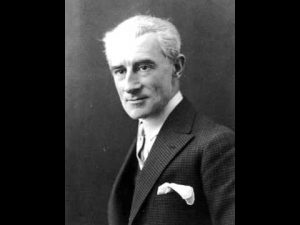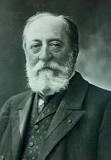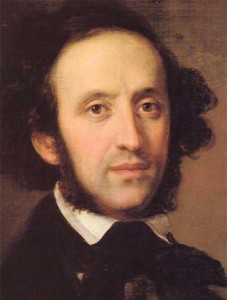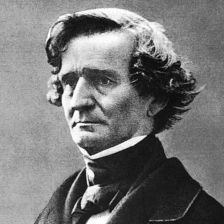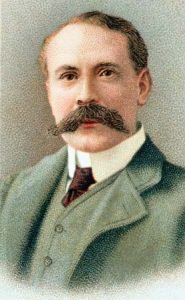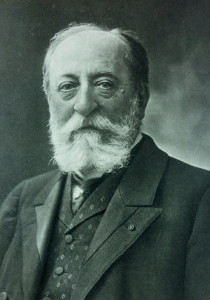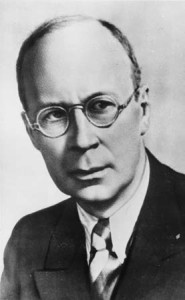Before each concert, we share “Manny’s Musings,” thoughts from our Music Director and Conductor, Manny Laureano. This is the first edition of the “Musings” for the “Musical Milestones” concert that will be performed on Sunday, October 7, 2018.
Overture to Candide by Leonard Bernstein
Imagine a life that consists of working a decent job from 9 to 5, five days a week that has you looking forward to those blessed 2 weeks of vacation. There are promotions, a home upgrade or two, birthdays and graduations… all followed one day by a retirement and perhaps many days of earned fishing trips as you rest your head against the memories of a good life free of frequent drama.
The Leonard Bernstein (1918-1990) that had one of the most productive 1954’s imaginable could never have sat still long enough to think of living a life as sedate as the one I described. In fact, this pianist/conductor/composer (put those in any order you like) from Lawrence, Massachusetts, was living a prolific and successful decade — one that could easily be the envy of any musician.
In that decade he composed minor and major works that helped develop the language that was clearly “Lenny” from a melodic and harmonic sense. Peter Pan, Trouble in Tahiti, Wonderful Town, the soundtrack for On the Waterfront and its corresponding orchestral suite, the Serenade for Violin and Orchestra, and finally, West Side Story were written and performed. All this while conducting ubiquitously, as well as being appointed to succeed Serge Koussevitsky as the head of conducting for the Tanglewood Music Festival, and producing television programs designed to educate all of America about classical music’s greatest works. He even allowed Felicia Montealegre to convince him that they should marry. Somehow, in the middle of all this, a collaboration with Lillian Hellman spawned a bitingly cynical bit of theater in 1956 called Candide.
Using Voltaire’s classic story as its basis, Bernstein managed to provide the perfect musical context to the acid-laced words from Hellman’s pen. Getting there was no easy feat, however, as the gallery of musical theater personalities all had different ideas about scenery, timing, and deadlines, and because Hellman had a reputation for taking her time. Of course, Bernstein didn’t help matters by going off to Rome to conduct opera performances with Maria Callas, leading to an interminable gestation for this wild musical child.
With Felicia now pregnant with their second child and bills piling up (the Bernstein’s knew how to spend money but saving it was not a huge priority) it truly is a wonder that the work ever got written. But written it was to tepid reception by the critics. It didn’t gain the respect it would eventually garner until the idea to engage noted Broadway Hal Prince in a much more successful revival in 1974. Prince was merciless in cutting what he felt was a bloated original version down to 105 minutes and preserving only the absolute best of the musical offerings.
The operetta brings to life the misadventures of a Professor Pangloss and his students Candide and his Cunegonde as they search for the best their lives can offer in this “best of all possible worlds.” They endure all manner of absurd hardships only to realize what Dorothy Gale learned with a click of her ruby slippers: After searching for their hearts’ desire, there really is no place like home.
Join Music Director & Conductor Manny Laureano, for the concert, “Musical Milestones” featuring Michael Sutton as soloist and conductor for Bach’s A Minor Violin Concerto. The concert takes place on Sunday, October 7, 2018, at 3 p.m., at the Gideon S. Ives Auditorium at the Masonic Heritage Center (11411 Masonic Home Drive, Bloomington)
To learn more about the concert, click here. You can order tickets online through the Masonic Heritage Center Box Office, or by calling 800.514.ETIX.


